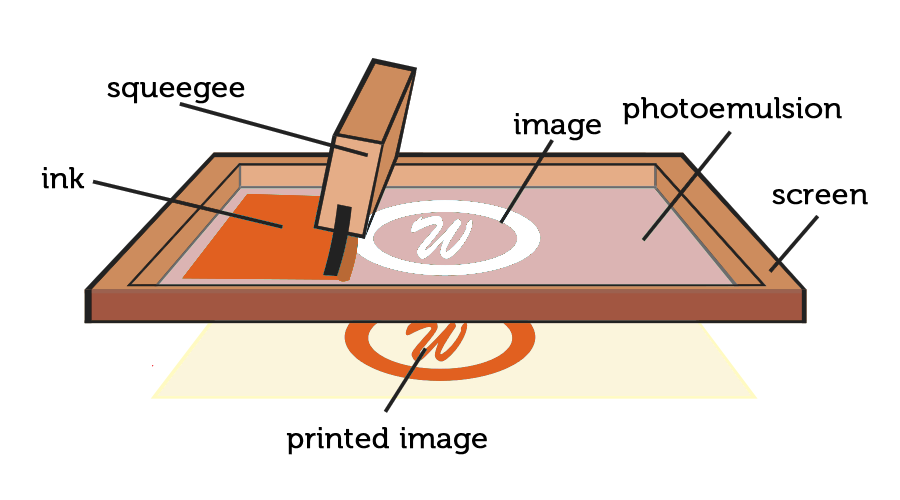Silicone button printing is an essential process for manufacturing silicone keypads used in various devices such as remote controls, medical equipment, and industrial electronics. The printing process involves transferring designs, such as text or symbols, onto the surface of silicone buttons to make them functional and visually appealing. Below is an overview of how to print on silicone buttons, covering the key steps and techniques involved.
![]()
Step 1: Surface Preparation
Before starting the printing process, the surface of the silicone button must be cleaned and prepped to ensure proper ink adhesion. Silicone has a naturally slippery surface, so it needs to be treated to enhance the bonding of the ink. Here’s how it’s done:
– Cleaning: Any dirt, oil, or dust on the surface of the silicone button must be cleaned using a mild detergent or alcohol.
– Primer Application: A special silicone primer is often applied to create a bond between the ink and the silicone surface. The primer improves adhesion and ensures the durability of the printed design.
![]()
Step 2: Screen Printing or Pad Printing
There are two common techniques used for printing on silicone buttons: screen printing and pad printing.
Screen Printing Process
- Stencil Creation: A screen stencil is created with the desired design, text, or symbols. The screen is typically made from a fine mesh material stretched over a frame, with the design etched into the mesh.
- Ink Application: Specialized silicone ink is applied to the screen and spread across the surface using a squeegee. The ink passes through the open areas of the screen and transfers onto the silicone button surface.
- Drying/Curing: Once the ink is transferred, the silicone buttons are dried and cured using heat or UV light. Curing ensures that the ink adheres permanently to the silicone surface.
Pad Printing Process
- Image Transfer Plate Creation: A printing plate is etched with the desired image, text, or symbols. The design is transferred from the plate to a silicone pad, which acts as an intermediary between the plate and the button.
- Ink Transfer: A silicone pad picks up ink from the etched plate and then presses onto the silicone button, transferring the design. This method is particularly effective for printing on curved or uneven surfaces.
- Curing: The printed buttons are then cured using heat to ensure the ink adheres to the silicone surface.
![]()
Step 3: Post-Printing Treatments
After the printing process is complete, silicone buttons often undergo additional treatments to improve durability and appearance:
– PU Coating: A polyurethane (PU) coating may be applied to protect the printed design and enhance the button’s wear resistance.
– Epoxy Coating: For buttons that require a glossy finish, an epoxy coating can be applied. This helps protect the printed symbols from wear and tear.
Step 4: Quality Inspection
Once the printing and curing processes are completed, the silicone buttons undergo a thorough quality inspection. This involves checking the printed designs for clarity, alignment, and adhesion to ensure they meet the required standards.
Key Considerations for Silicone Button Printing
– Ink Type: Always use silicone-compatible ink for optimal adhesion and durability. Silicone inks are formulated to bond with the silicone surface during curing.
– Surface Treatment: Proper surface preparation with a primer is essential for ensuring that the ink adheres to the silicone surface and does not peel off over time.
– Curing: Ensure that the ink is fully cured after printing to maximize durability and prevent smudging or fading.
Applications of Silicone Button Printing
Silicone buttons are widely used in various industries, including:
– Consumer Electronics: Remote controls, game controllers, and calculators.
– Medical Equipment: Devices that require durable, easy-to-clean keypads.
– Automotive: Dashboards and control panels with printed silicone buttons for durability.
– Industrial Controls: Rugged keypads designed for harsh environments.

Conclusion
Printing on silicone buttons is a highly specialized process that involves careful surface preparation, the right printing technique, and proper curing to ensure long-lasting, high-quality designs. By using either screen printing or pad printing, combined with silicone-compatible inks, manufacturers can create functional and visually appealing silicone keypads that stand the test of time in various applications.
